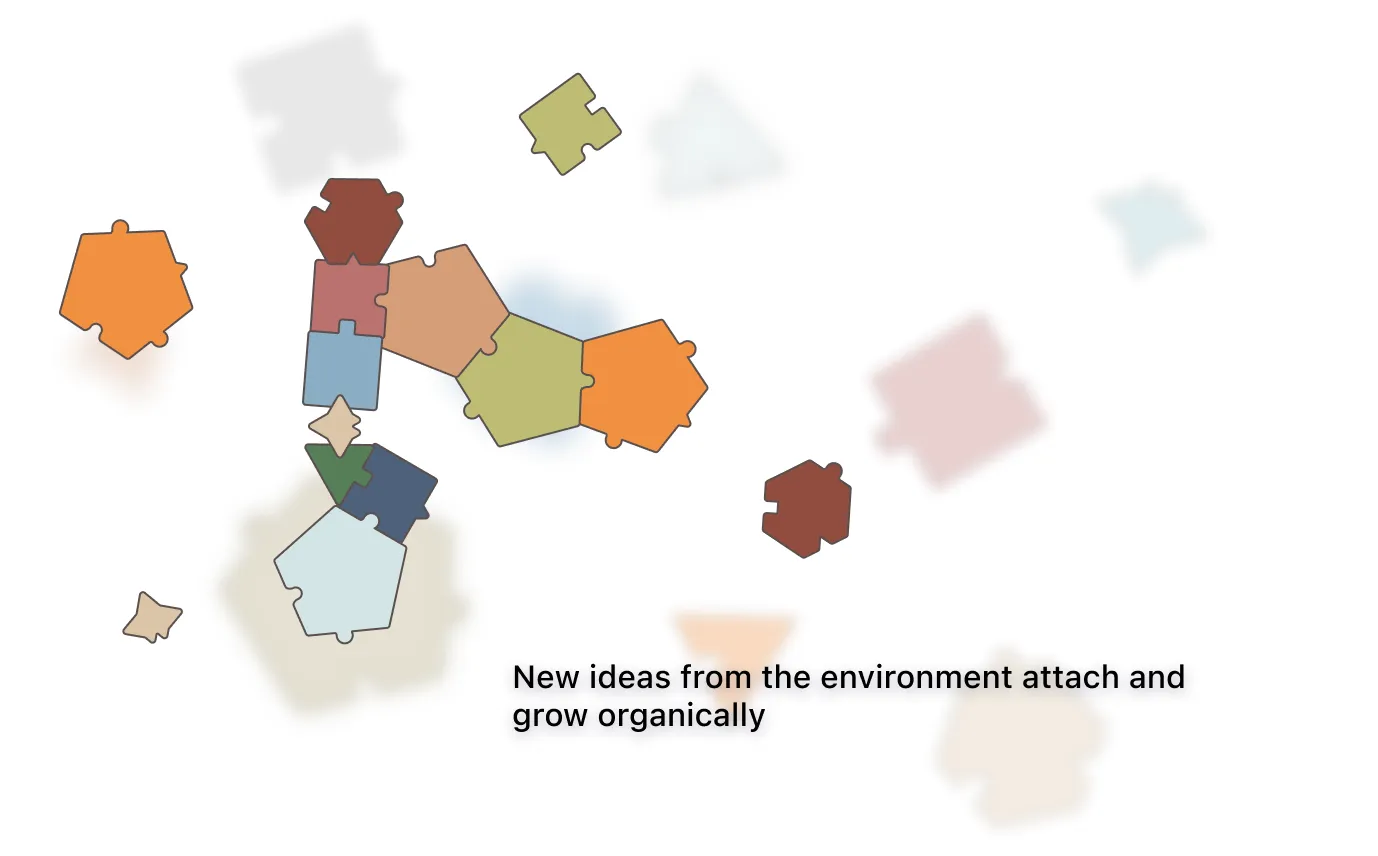Learning as an act of becoming really good at exploring terrain — Shaun Martin
See also: teaching
Framework for knowledge
- Sensing → info intake, active reading
- Reasoning → asking questions, applying knowledge, critical thinking
- Acting → learning by doing
How does this tie with academia and whether individuals are scared to try new things?
As historically human creatures, learning and obeying social contracts is how we’ve survived. As a result, we can distinguish actions as either discovery (child-like curiosity, discovering the world and its causal relations) or ritual (following exact actions because you were taught to fit in).
There was an experiment of subjecting young children (~5-6yrs) to a game of Powerball where a ball could be passed back and forth between 3 people. Later in the game, the ball wasn’t passed to one of the children, leading to feelings of social exclusion. This then led the young children to adopt more ritualistic approaches to learning rather than discovery-based.
Knowledge Structures
How do we build up a set of concepts that make sense together? Some ideas are compatible, others aren’t.
Ideas become more deeply integrated into our model as larger and larger chunks of ideas begin to form into knowledge structures. To learn, we simply have to expose the surface area of our existing knowledge structures to new ideas.

This is a naturally emergent process.
Two main variables to manipulate
- The structure of our ideas
- The information environment we expose ourselves to
Traversing our knowledge structures frequently lets us recognise more effective traversal strategies for specific situations. Based on context, we can apply different traversal strategies (maps/lenses) to retrieve appropriate information from these structures
As we continue to learn, we move up layers of abstraction through these generalised heuristics:
- I have a strategy for X
- I have a nuanced strategy for X
- I have several strategies for X
- I have a meta-strategy to pick the appropriate strategy for X
Quite similar to stages of development in In Over Our Heads